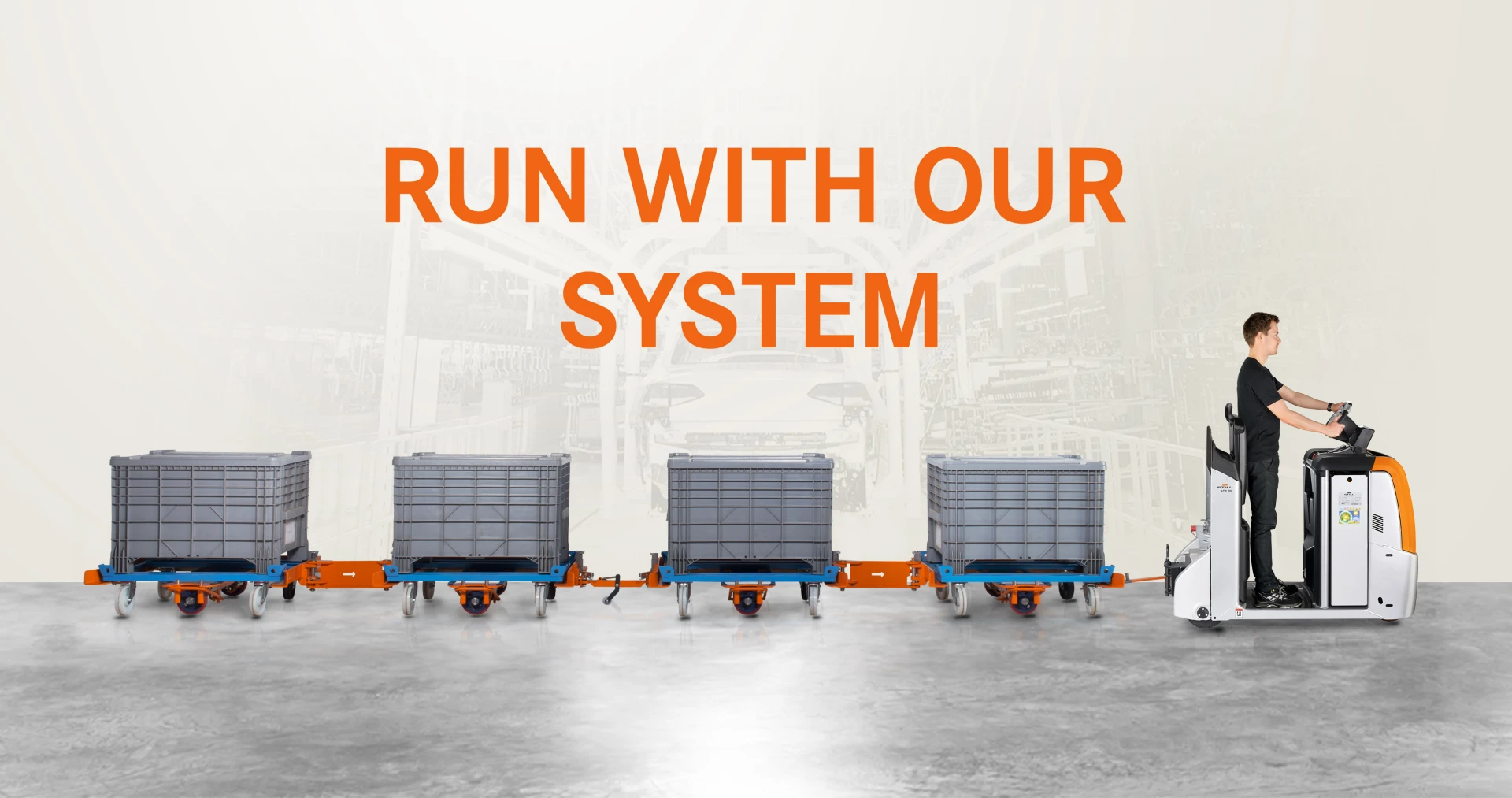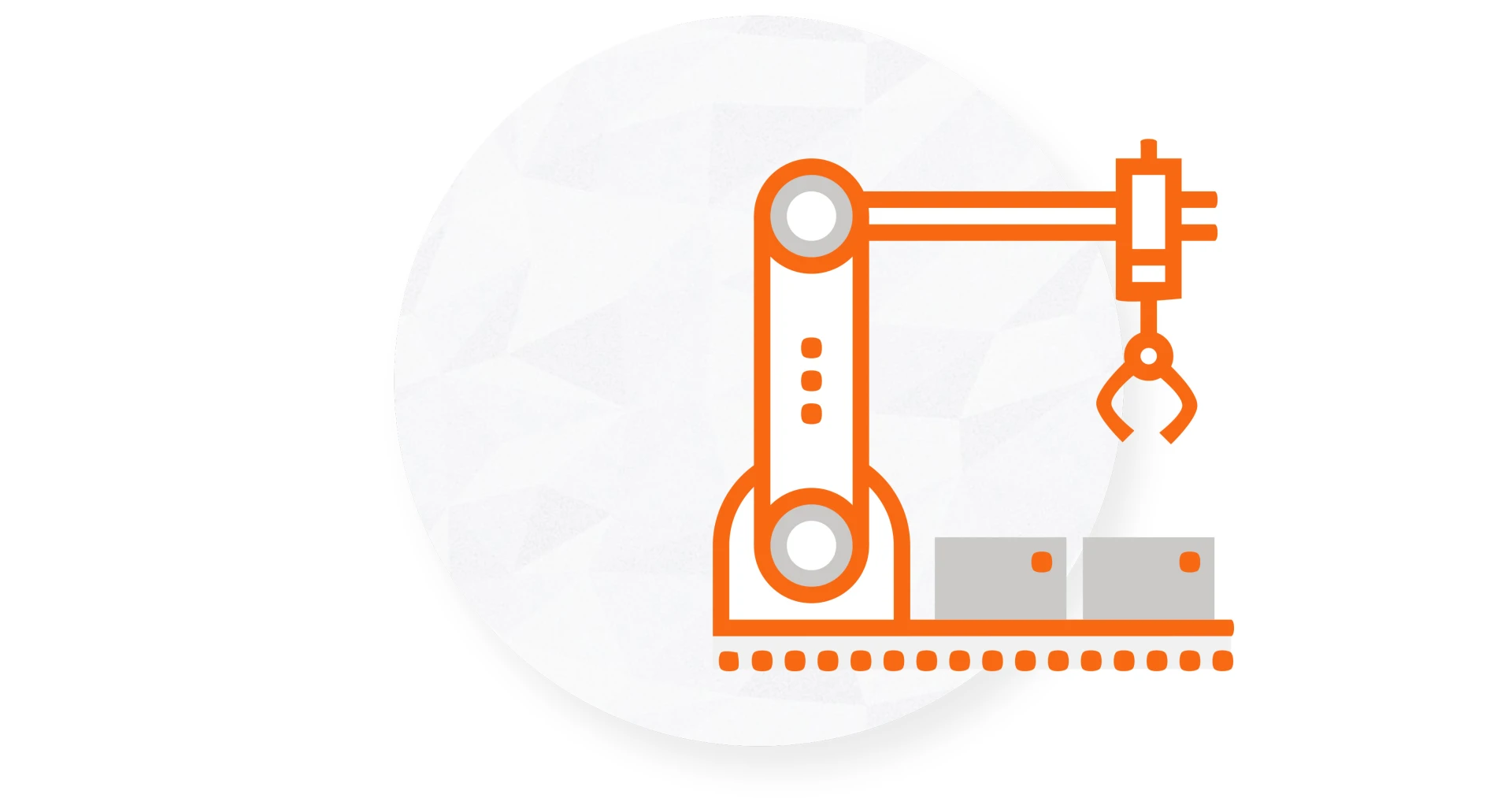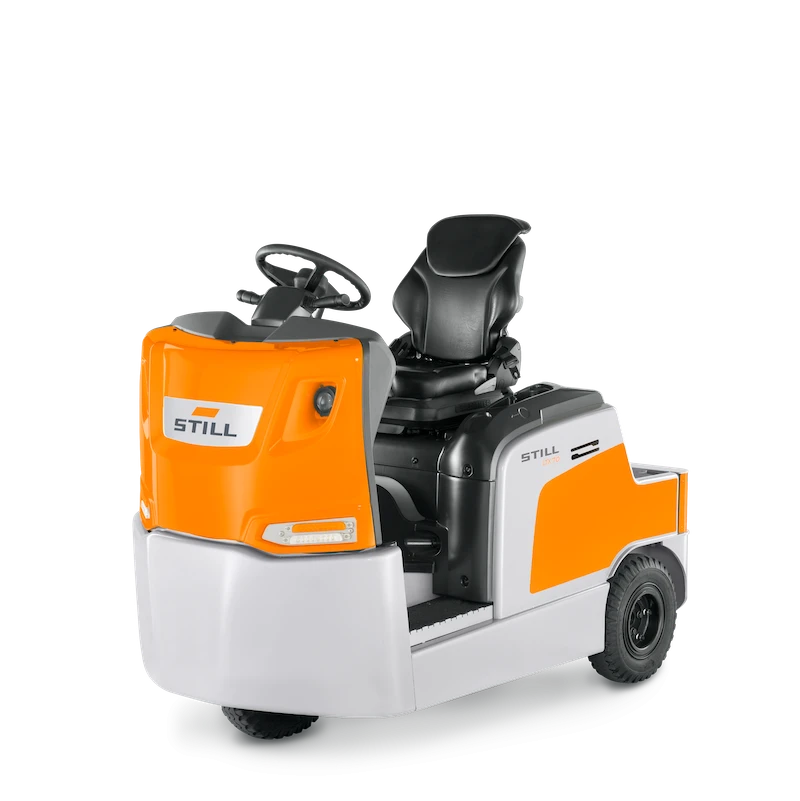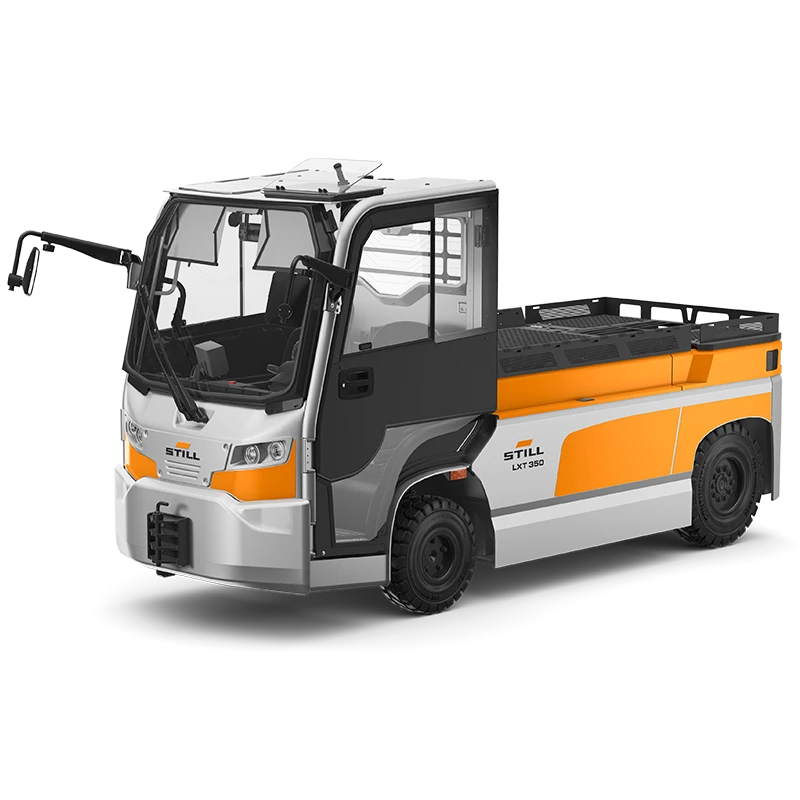
Route guidance: static or dynamic routes?
The strategic question for route planning
Different route concepts can and should be used for material flow depending on the type and purpose of the tugger train system. The main difference is between dynamic and static route guidance.
Static routes follow a defined timetable that specifies exact times and routes.
Advantages:
- Predictable replacement times
- Very reliable process
- Errors are easy to trace
- Can be used without digital control, e.g. with a paper kanban system
Disadvantages:
- Only cost-effective with consistent levels of use
- Poorer utilisation of the tugger train system in comparison to dynamic routes when faced with fluctuations in production quantities
- No prioritisation of stopping points in the supply process
- No flexible route guidance and loading and unloading can only be carried out on one side
- Significantly more trains are required because one train carries out less work

The synchronisation of production and logistics processes with tugger train systems requires that production areas are supplied with small lot sizes as needed. This is the only way to reduce the quantity of stock in production.
Ideally, stock is always supplied in line with usage and demand. This is possible with dynamic route guidance, as it has neither a specific timetable nor a defined course. The route is planned according to time, route distances and the part of the production line with the most urgent need.

Advantages:
- Good utilisation of the tugger train
- High levels of flexibility for prioritising different goods transports
- Compensates for fluctuations in volume (different stock and quantities)
- Flexible approach to stations and loading and unloading possible on both sides
Disadvantages:
- More planning and higher investment required at the start
- Goods can only be loaded and unloaded on both sides with the right equipment (devices and software)
Summary: Each user will need to decide whether dynamic or static route guidance is right for them. Both options have advantages and disadvantages. The dynamic route ensures greater flexibility, while the static route is ideal for cases with consistent requirements.
Your expert advisor will be happy to answer any questions you may have about your tugger train introduction. Call us or arrange a callback.
Request to: Route guidance: static or dynamic routes?
Run with our system!










